Part 57
Okay, reloaded to a previous save, and explored a bit more. The Cathedral is a pain in the ass Too big, and slow to navigate. I think that now I am spoiled by SMT3's dungeons and lack of first person view. Or something.
Too big, and slow to navigate. I think that now I am spoiled by SMT3's dungeons and lack of first person view. Or something.
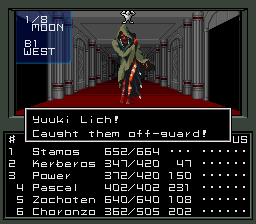
Wikipedia posted:
In modern fantasy fiction, a lich (sometimes spelled liche) is a type of undead creature, usually an evil magician or a powerful undead king. The use of the term lich as a specific type of undead creature originates in the Dungeons & Dragons role-playing game; previous works of fantasy fiction, such as Clark Ashton Smith's "Empire of the Necromancers", had used it as a general term for any animated or inanimate corpse. Liches often control other undead, using them as their soldiers and servants.
The standard pronunciation of lich rhymes with itch, but it is sometimes pronounced 'like'. In some cases the lich that rhymes with itch is used to name a fighter that has become a lich, by the matters of becoming a battlemage or making a deal with a spellcaster. In the other case is lich that is pronouced 'like' is a spellcasters that has become a lich.
In Roman Catholicism or the Church of England, the "lychgate" is a covered area at the entrance to the cemetery where the casket awaits the clergy before proceeding into the cemetery for proper burial, "lych" being a word meaning body or corpse derived from Old English. In fantasy, the Lich is an undead creature that was never properly buried, never made it to the grave. This is different from other types of undead creatures, such as vampires and zombies, who were buried and returned from the dead.
While this usage of the term "lich" is particular to Dungeons & Dragons and other modern fantasy fiction, the underlying idea of eluding death by means of arcane study and black magic is not. It can be traced to Middle Eastern folklore, and the method of achieving immortality by placing one's soul in a jar (which is usually hidden in some vast fortress) is suggestive of the burial practices of Egypt. This would make the Lich a very-far-from-its-roots mythologization of Egyptian pharaohs. It should be noted that for the Ancient Egyptians, the purpose of the mummy was to provide a place for the soul to fly back to; it was free to exist in both the afterlife and physical world (to commune with its descendants).
Eastern Slavic legends tell of a powerful dark wizard or a demon, Koschei the Deathless, who evades death by having his fiery soul placed in the eye of a magical needle. The needle is inside an egg, which is inside a duck, which is inside a hare, which is locked in an iron chest, placed at the roots of a great oak tree, on a magical island of Buyan. Koschei can be killed only by breaking the magical needle, which is much like a phylactery of a lich. This image is extremely consistent with the modern interpretation of the lich, possibly marking it as the "truer" origin of the concept.
Like many of the creatures found in Dungeons and Dragons, the Lich was derived from monsters found in classic sword and sorcery fiction, which is filled with powerful sorcerers who used their magic to triumph over death. Many of Clark Ashton Smith's short stories feature powerful wizards whose magic enables them to return from the dead. The term "lich", used as an archaic word for corpse (or body), is commonly used in these stories. Other imagery surrounding demiliches, in particular that of a jeweled skull, is drawn from the early Fritz Leiber story "Thieves' House".
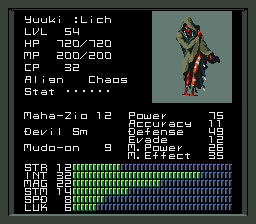

Wikipedia posted:
In Australian Aboriginal mythology (specifically: Murngin), Yurlungur is a copper snake who was awakened from a deep sleep by the odor of a woman's menstrual blood. The woman and her sisters, the Wawalag, were eaten by Yurlungur, who was told at a later snake meeting to regurgitate the women. In Australian Aborigine ceremonies, the vomiting symbolizes boys entering manhood.
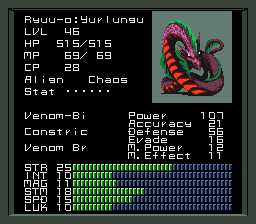
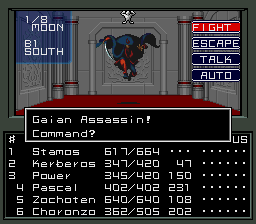
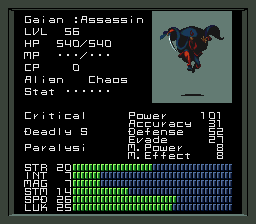
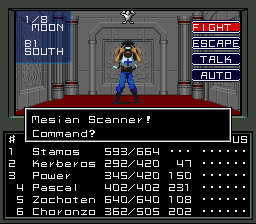
Is that a "Scanners" reference? With the exploding heads and whatnot?
I hope so.
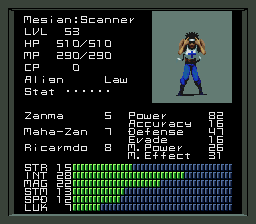
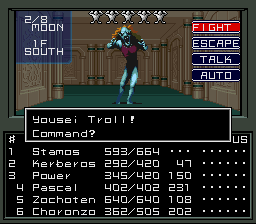
THere is a very, very nice image on Wikipedia, but it is too big for WaffleImages or Imagesocket. Oh well.Wikipedia posted:
A troll is a fearsome member of a mythical anthropomorph race from Norse mythology. Their role ranges from fiendish giants - similar to the ogres of England (also called Trolls at times, see Troller's Gill) - to a devious, more human-like folk of the wilderness, living underground in hills, caves or mounds. In Orkney and Shetland tales, trolls are called trows, adopted from the Norse language when these islands were settled by Vikings.
Nordic literature, art and music from the romantic era and onwards has adapted trolls in various manners - often in the form of an aboriginal race, endowed with oversized ears and noses. From here, as well as from Scandinavian fairy tales such as Three Billy Goats Gruff, trolls have achieved international recognition, and in modern fantasy literature and role-playing games, trolls are featured to the extent of being stock characters.
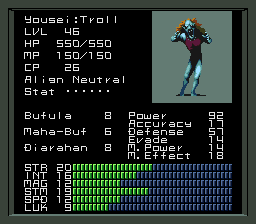
Even if I should be getting some Minions to improve the current roster/fuse.
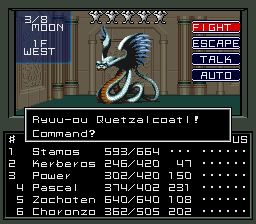
Wikipedia posted:
In Aztec religion, Quetzalcoatl (IPA: [ketsalˈkoː.aːtɬ]) was a benefactor god, considered a leader among the deities, that would come back after his departure to take back the empire. This feathered serpent god was connected to the planet Venus. Today Quetzalcoatl is the most well-known Aztec deity, and is often thought to have been the principal Aztec god. Some scholars think that Quetzalcoatl was just one god in a pantheon of gods, not considered superior to the others.[1]
The god Quetzalcoatl was sometimes conflated with Topiltzin Ce Acatl Quetzalcoatl, a semi-legendary 10th century Toltec ruler.
The worship of Quetzalcoatl sometimes included animal sacrifices, and in other traditions Quetzalcoatl was said to oppose human sacrifice.
Mesoamerican priests and kings would sometimes take the name of a deity they were associated with, so Quetzalcoatl and Kukulcan are also the names of historical persons.
One noted Post-Classic Toltec ruler was named Quetzalcoatl; he may be the same individual as the Kukulcan who invaded Yucatán at about the same time. The Mixtec also recorded a ruler named for the Feathered Serpent. In the 10th century a ruler closely associated with Quetzalcoatl ruled the Toltecs; his name was Topiltzin Ce Acatl Quetzalcoatl. This ruler was said to be the son of either the great Chichimeca warrior, Mixcoatl and the Culhuacano woman Chimalman, or of their descent.
The Toltecs had a dualistic belief system. Quetzalcoatl's opposite was Tezcatlipoca, who supposedly sent Quetzalcoatl into exile. Alternatively, he left willingly on a raft of snakes, promising to return.
The Aztec turned him into a symbol of dying and resurrection and a patron of priests. When the Aztecs adopted the culture of the Toltecs, they made twin gods of Tezcatlipoca and Quetzalcoatl, opposite and equal; Quetzalcoatl was also called White Tezcatlipoca, to contrast him to the black Tezcatlipoca. Together, they created the world; Tezcatlipoca lost his foot in that process. Though white was the color symbol of Quezalcoatl, it does not mean Quezalcoatl was white.
Along with other gods, like Tezcatlipoca, and Tlaloc, Quetzalcoatl would be called "Ipalnemohuani", which means "by whom we live", a title reserved for the gods directly involved in the creation. Because the name, Ipalnemohuani is singular, this had lead to speculations that the Aztec were becoming monotheist, and all the main gods, were only one. While this interpretation cannot be ruled out, it is probably an oversimplification of the Aztec religion.
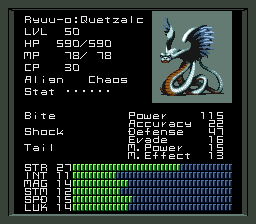
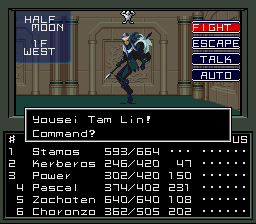
Wikipedia posted:
Tam Lin is the hero of a Borders' legend about fairies and mortal men. While this ballad is unique to Scotland, the motif of capturing a person by holding him through all forms of transformation is found throughout Europe in folktales.[1]
Tam is the Scots pet-form of Thomas; one of several "Thomases" in myth, such as True Thomas also known as Thomas the Rhymer.
Most variants begin with the warning that Tam Lin collected either a possession, or the virginity of any maidens who passed through the forest of Carterhaugh. A young maiden, usually called Janet or Margaret , came to Carterhaugh and plucked two roses, whereupon Tam appeared and asked why she was in Carterhaugh without his command and had taken what was his. She stated that she owned Carterhaugh, as her father had given it to her.
In most variants, she then went home, and discovered she was pregnant; some variants pick up the story at this point. When an old knight taxed her with it, she announced that she would not declare him her baby's father, that her lover was an elf and that she loved him. She returned to Carterhaugh; in some variants, her brother had told her that a herb growing there would induce an abortion. In all, she picked something, whether the herb or the same roses as when they first meet. Tam reappeared, enraged and forbidding her to harm the child.
She asked him whether he was ever human, either after that reappearance, or in some variants, immediately after their first meeting resulted in her seduction. He revealed that he was a mortal man, who, after falling from his horse, was rescued and captured by the Queen of the Fairies. Every seven years the fairies paid a tithe to Hell (Teind) of one of their people, and Tam feared he would become that tithe on that night (Hallowe'en). He was to ride as part of a company of knights, and Janet would recognise him by the white horse upon which he was riding. He warned her that, when she caught him, the fairies would attempt to make her drop him by turning him into all manner of beasts (see Proteus), but that he would do her no harm, and when he was finally turned into a burning coal she was to throw him into a well, whereupon he would reappear as a naked man and she should hide him. Janet did as she was asked, and won her knight. The Queen of the Fairies was not best pleased, but acknowledged her claim.
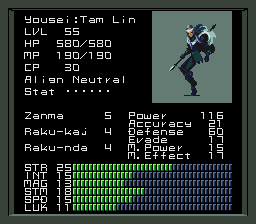
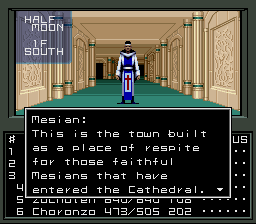
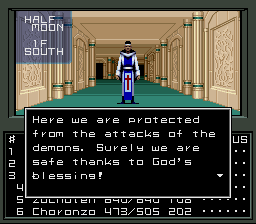
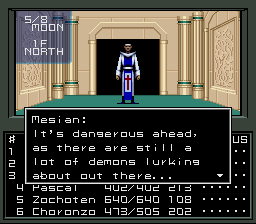
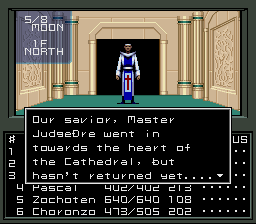
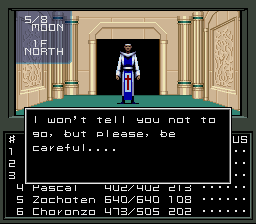
The bouncer in the Gaian area will probably be much more of an asshat, I am sure.
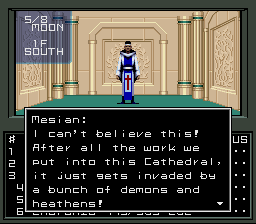

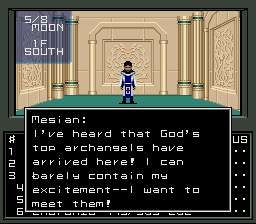
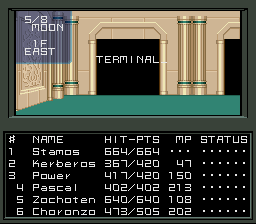
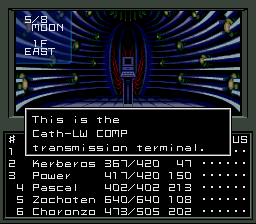
Time to visit the Shrines. Two left, as two of the Kishins have been defeated previously.

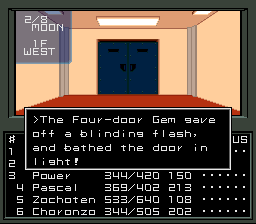
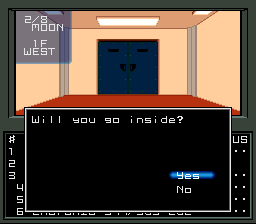
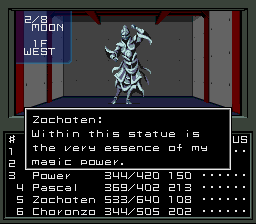
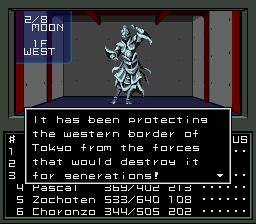
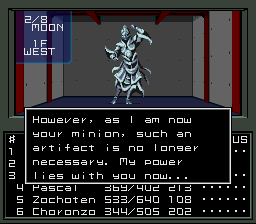
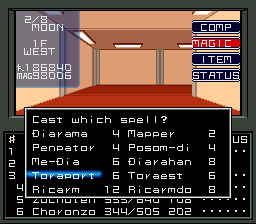
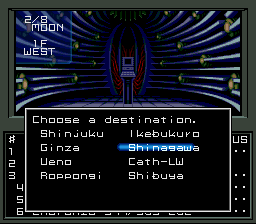
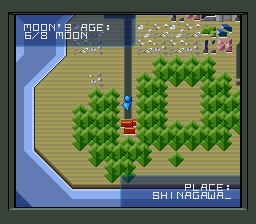
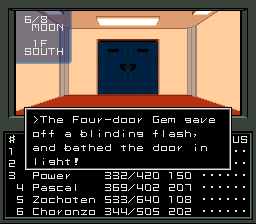
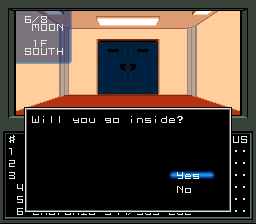
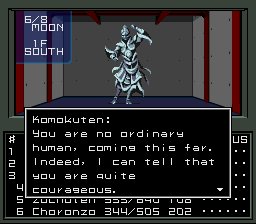
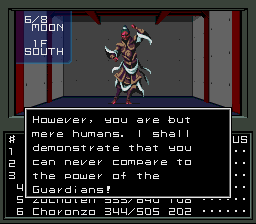
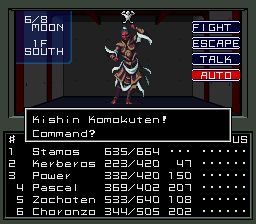
And after exactly two rounds...
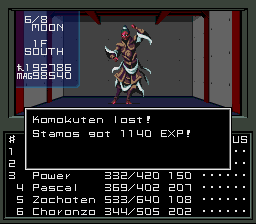
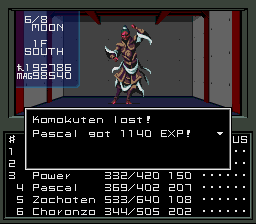
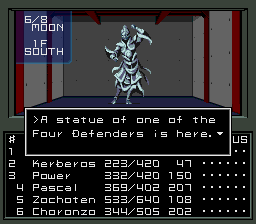
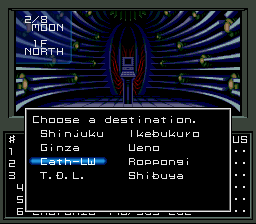
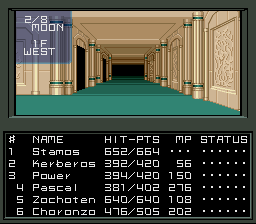
Next time: Shopping, visiting the Gaian asshats, and maybe unleashing the Cataclysm.